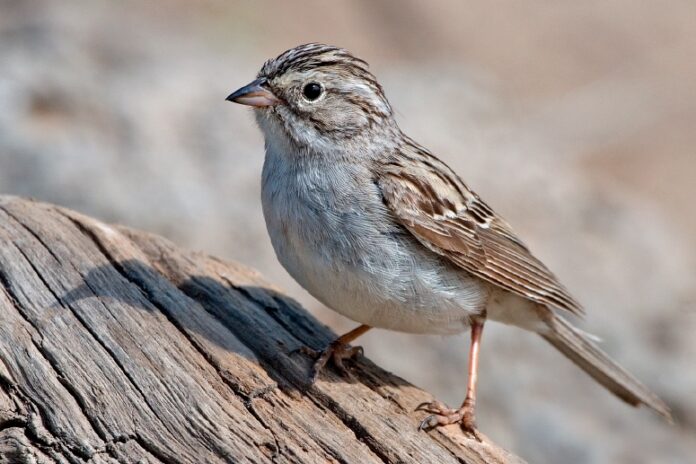
BY HARRY WEEKES
Throughout the fall, my seniors and I study consciousness, under the general heading “How do you know?” We look at awareness and memory and language. We explore sensory input and illusions and what they can teach us about how humans construct our worlds. We discuss evidence for consciousness in everything from blueberries to octopuses. And we see how heuristics aren’t just a short-handed way to condense the world, but the short-handed way we build meaning out of a complex world.
One of the topics we hit on is change blindness—where a person does not notice a significant change because his or her attention is drawn elsewhere or because the change happens slowly.
The rhythms of fall are like a months’-long lesson in change blindness.
Looking around right now, the aspens in my yard are everything from leafless to somehow holding on to many of their yellowed leaves. When did those first leaves start to change and when did they start to fall? The great tussocks of wild rye lining the driveway are uniformly yellowed and tawny, having fully transitioned from their towering green clumps… but when did this happen, exactly? The magpie hopping around the yard is a silent singleton. What happened to the raucous flock of weeks ago?
Summer gives way to fall gives way to winter. The days grow shorter, there is less light, temperatures drop. Then seemingly suddenly, there’s always frost on the windshield, snow on the ground, and we are all wearing parkas and hats.
Change blindness experiments invariably work to show the extreme—where the person asking directions is swapped out for another person entirely or where a background color shifts from green to pulsing red. In these cases, a little bit of distraction goes a long way, as does the incremental.
How many minutes of light do we lose a day? What is the average daily drop in temperature? When did the rosy finches show up?
Rosy finches?
Brewer’s sparrows frequent our driveway. These are the quintessential “little brown birds” of our part of the sagebrush sea, and they are all over our canyon, sporting about alone or in small flocks from early in the spring until… Well, I’m not sure when they left. I do know that at some point in early November they were replaced by rosy finches.
Very generally, the birds are mistakeable for one another. Both fall into the category of “small, flitting things” that live in our part of the world. But a Brewer’s sparrow is a study in subtlety—the product of 30 million years’ worth of answering, “How many light browns can you use to disguise a bird in sagebrush?” The rosy finches live up to their name and collective noun—a bouquet—and are more colorful and vibrant in almost every way.
To drive up the driveway and have a rosy finch bouncing along the edge was to snap out of the reverie of gradual change. “Now, what do we have here?” I thought as I slowed to a stop. This bird was small, but dark. This bird didn’t fly immediately into the sage, but rather looped over the sage to land back on the driveway. This bird had bold markings on its head and, quite simply, felt different.
And seemingly instantaneously, the birds changed. This little bouquet bouncing around the driveway simultaneously drew my attention to the change and also made me aware of the larger one.
In this season of gratitude, I am thankful for the rosy finches, these harbingers who brought back my attention and awareness. Change is afoot. It is fully fall. Leaves are rattling around on the ground. There is snow in the high country. Winter, as they say, is coming.
Harry Weekes is the founder and head of school at The Sage School in Hailey. This is his 53rd year in the Wood River Valley, where he lives with Hilary and two mini-Dachshunds. The baby members of their flock have now become adults—Georgia and Simon are fledging in North Carolina, and Penelope is fledging in Vermont.


